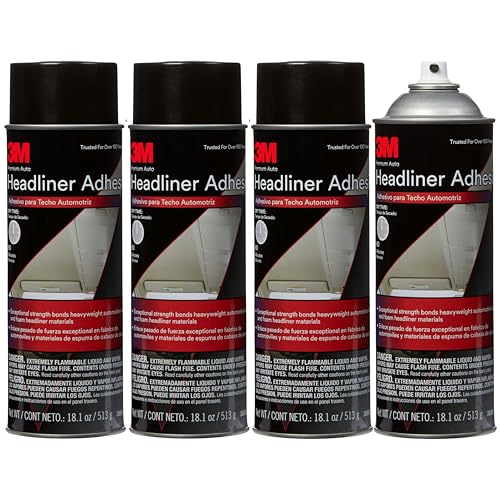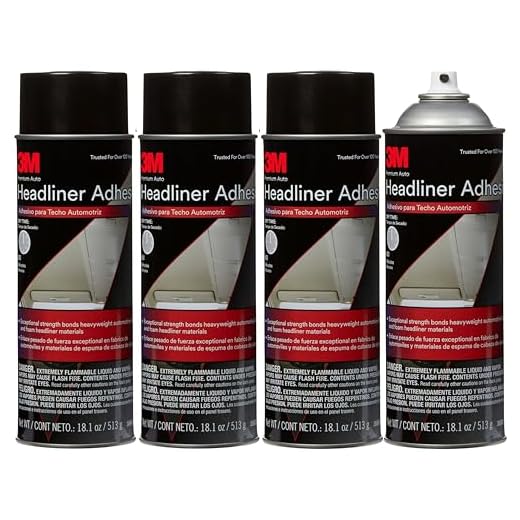For collectors and enthusiasts of historical travel items, the choice of fabric is pivotal. Rexine, a synthetic leather alternative, offers a unique blend of durability and visual appeal, often found in travel cases from bygone eras. Its resilience against wear and tear makes it a preferred choice for protecting the contents of your travel essentials.
This synthetic coating was designed to mimic the qualities of genuine leather while being more affordable and easier to maintain. When inspecting classic travel cases, look for signs of fading or cracking, which can indicate age and wear. However, a well-preserved specimen can showcase its characteristic sheen and texture, enhancing the overall aesthetic of the piece.
Be mindful of how this synthetic covering interacts with different cleaning methods. Gentle cleaning solutions will help maintain the surface without causing damage, ensuring that your cherished travel accessory remains in top condition. Integrating such insights into your care routine elevates your appreciation for these timeless travel artifacts.
Identifying rexine material in vintage suitcases
To determine if a suitcase features this synthetic covering, inspect the surface for unique traits:
- Texture: The surface typically appears smooth with a slight grain, imitating leather. Run your fingers over it to feel for any significant texture differences.
- Color: Expect a range of colors, but be cautious of fading. Check for evenness in pigmentation, as natural wear can cause discoloration.
- Patterns: Look for embossed designs or prints. These markings can be a clear indicator of the specific type of synthetic coating used.
Examine the interior:
- Fabric Lining: Often, these bags have a distinct fabric lining that complements the outer covering. The lining can provide clues to the overall quality and era of the item.
- Smell: A chemical or plastic odor may suggest a synthetic origin. This aroma can be a key identifying feature.
Check for labels or tags that may indicate the manufacturer. Many companies have associated markings on the internal or external sections, which can assist in confirming the suitcase’s details.
Lastly, consider the era of production. This type of covering gained popularity during specific times, and knowing these periods can enhance your identification process.
Comparing synthetic fabric with traditional hide in travel cases
Choosing between synthetic fabric and traditional hide for travel cases involves evaluating several key factors. Synthetic fabric, often more affordable, offers high resistance to moisture and stains, making it practical for various conditions. This feature ensures items within remain sheltered from the elements, preserving their condition during transit.
On the other hand, traditional hide provides a classic aesthetic appeal and develops a unique patina over time, enhancing its character. It tends to offer superior durability when cared for properly, making it a long-lasting choice for dedicated travelers.
Weight and Maintenance
Synthetic options generally weigh less than their leather counterparts. This lightness can be crucial for avoiding baggage weight limits. Maintenance for synthetic fabric is typically simpler, requiring only a wipe down, while leather often needs conditioning and polishing to prevent cracking.
Environmental Considerations
From an ecological standpoint, synthetic materials can raise concerns regarding production and disposal, whereas traditional leather raises questions about ethical sourcing practices. Thus, making a choice may also reflect personal values about sustainability and animal welfare.
Care and maintenance tips for rexine luggage
Regularly clean the surface with a soft, damp cloth to remove dirt and dust. Avoid using harsh chemicals, as they can damage the finish. For stubborn stains, a mild soap solution can be applied gently.
To maintain longevity, store items in a cool, dry environment. Excessive heat or moisture can lead to cracking or warping. Use protective covers or dust bags when not in use.
Refrain from overloading; this material has limitations, and excessive weight can cause deformation. Invest in best luggage straps australia for added support during travel.
Consider occasional conditioning with a specialized product designed for synthetic surfaces to keep it supple. Always perform a patch test on a hidden area first.
Inspect for any signs of wear or damage, such as tears or loosening seams, and address these promptly. Repairing minor issues early can prevent more significant problems down the line.
For those considering travel with tech gear, it’s relevant to know the regulations. Check out are drones legal in new zealand to stay informed while planning your adventures.
Historical context of rexine in luggage production
The introduction of synthetic covers in the early 20th century marked a significant shift in the travel accessory industry. This innovation allowed manufacturers to provide a cost-effective alternative to animal hides, which were both expensive and less durable. The early adoption of these synthetic materials coincided with the rise of mass production techniques, enabling larger quantities of affordable travel gear to be available for the growing middle class.
Impact on design and functionality
During the 1920s and 1930s, the combination of functionality and style became paramount. Manufacturers capitalized on the versatility of synthetic coverings to create a variety of designs that appealed to modern travelers. This customization enabled products that were not only practical but also visually striking, allowing brands to establish unique identities in a competitive market.
Shift in consumer preferences
Post-World War II, consumer behavior reflected a newfound appreciation for lighter, more resilient products. People sought convenience and durability, which synthetic coverings readily provided. The ability to mimic the look and feel of genuine leather without the associated maintenance and costs encouraged widespread adoption, transforming not just the look of travel gear but also how it was produced and marketed. For outdoor enthusiasts and travelers, this change heralded an era where utility and aesthetics coexisted, paving the way for modern travel essentials, akin to seeking the best patio umbrella for wind high winds.
How to Restore and Repair Vintage Rexine Luggage
Begin with a thorough cleaning using a damp cloth and mild soap to remove dirt or grime. Avoid harsh chemicals that can damage the surface. For scuff marks, gently rub a soft eraser over the affected area.
Inspect for cracks or tears. Small tears can be mended using specialized adhesive suitable for synthetic fabrics. Apply a thin layer of adhesive on both edges of the tear, press them together, and let it cure according to the manufacturer’s instructions.
For larger damages, consider patching. Use a piece of similar fabric or vinyl, cut to size, and adhere it to the damaged area with a strong fabric glue. Ensure the edges are neatly secured to prevent peeling.
Restoring the color involves using a vinyl dye or spray paint designed for plastic or synthetic materials. Test a small, inconspicuous area first to ensure compatibility. Apply evenly to avoid streaks.
Address hardware issues by replacing broken zippers or clasps. Measure the existing parts and source replacements that fit well. Securely attach new components to ensure functionality.
Complete restoration with a protective finish. Look for a spray or liquid product that provides a layer of protection against moisture and UV rays. This will help prolong the lifespan of the item.
Regular maintenance is key. Store in a cool, dry place away from direct sunlight, and periodically clean to maintain appearance and integrity.
FAQ:
What is rexine material, and how is it used in vintage luggage?
Rexine is a type of synthetic leather made from a paper base covered with a layer of PVC (polyvinyl chloride). This material gained popularity in the early to mid-20th century due to its affordability and durability, making it an attractive option for manufacturers of luggage. In vintage luggage, rexine is often used as an outer covering that mimics the look and feel of genuine leather while providing a lightweight alternative. Its use added a stylish touch to suitcases and bags, and it was available in various colors and finishes, allowing for diverse design options.
Why was rexine a popular choice for luggage during the vintage period?
During the vintage period, especially in the early 1900s, there was a significant demand for stylish yet durable travel accessories as air travel and road trips became more common. Rexine offered an attractive compromise – it resembled leather but was much cheaper to produce. Additionally, it was resistant to moisture, which was valuable for travelers. Manufacturers could create lightweight luggage that still had a luxurious appearance, appealing to a wide range of consumers. The availability of rexine in various colors and patterns also allowed for unique designs that catered to different tastes.
How can I identify rexine luggage from other materials?
Identifying rexine luggage can be done through a few key characteristics. First, check the texture; rexine often has a smooth, slightly glossy finish that can imitate leather grain. Second, examine the edges; because it is made from synthetic materials, the edges of rexine may appear more uniform than those of natural leather, which can have variations. Additionally, rexine is generally lighter than genuine leather. If you have access to the inner lining, look for any labels or tags indicating the material composition, as many manufacturers specify if rexine is used. Lastly, consider the age of the luggage; if it hails from the early to mid-20th century and has a sleek design, it could very well be made from rexine.








